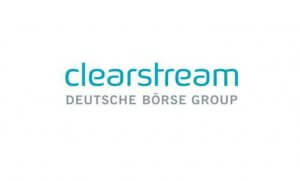Applying big data to risk management: Market risk and traded credit risk where speed is crucial – Part 3
Part 3 of our Applying Big Data to Risk Management series. Click here for the full series. This is a guest research article by Kieron Yorke, Director of Financial Sales Services at SinusIridum Credit counter-party risk quantification has become considerably more complex. Derivatives are no longer simply the net discounted value of each leg, rather, the bank’s own credit […]

Part 3 of our Applying Big Data to Risk Management series. Click here for the full series.
This is a guest research article by Kieron Yorke, Director of Financial Sales Services at SinusIridum
Credit counter-party risk quantification has become considerably more complex. Derivatives are no longer simply the net discounted value of each leg, rather, the bank’s own credit quality (debt valuation adjustment – DVA), that of its counter-party (credit valuation adjustment – CVA) and unsecured funding (Funding Valuation Adjustments – FVA) need to be taken into account.
These calculations often have to be run in sets with differing pricing data (for example producing ‘risk-neutral’ CVA) and at various frequencies for reporting – monthly, weekly, daily, intraday.
Calculating these components is enormously data intensive. To calculate CVA at the portfolio level, large banks typically run between 1,000 and 5,000 Monte Carlo scenarios.
However, to fully simulate potential exposure for all path-dependent derivatives as structured products, banks may need to run around 100,000 Monte Carlo scenarios. Traditional grid-farm technologies simply cannot cope with such large processes at high enough speeds – blades on a grid often simply fail due to processing overload.
In-memory graphics processing units (GPU) can offer enormous benefits in the increasingly data-heavy market risk domain.
Adapted from the gaming industry, in-memory/GPU technologies allow systems to handle large amounts of data at incredibly high speeds. In memory implementation brings a of key advantages over traditional approaches: no compromises such as approximations are required any longer, and incremental what-if statistics are possible in seconds.
Overall, the solutions can produce greatly improved balance sheet optimization and collateral management, including real-time exposure simulation for new client trades and market price/volatility changes.
In market risk and counter-party credit risk management, volume and velocity are driving factors. Put simply, banks with increased Monte Carlo abilities will be able to price ‘path dependent’ derivatives trades at better levels than their competitors.









